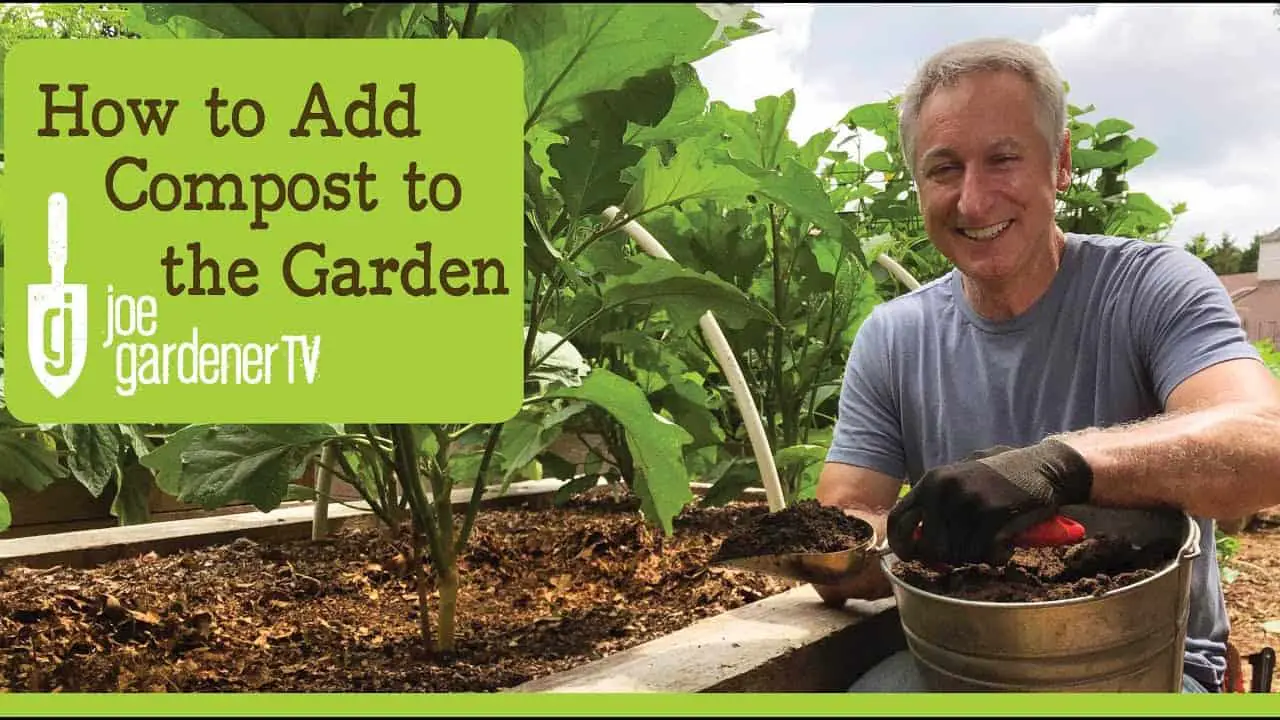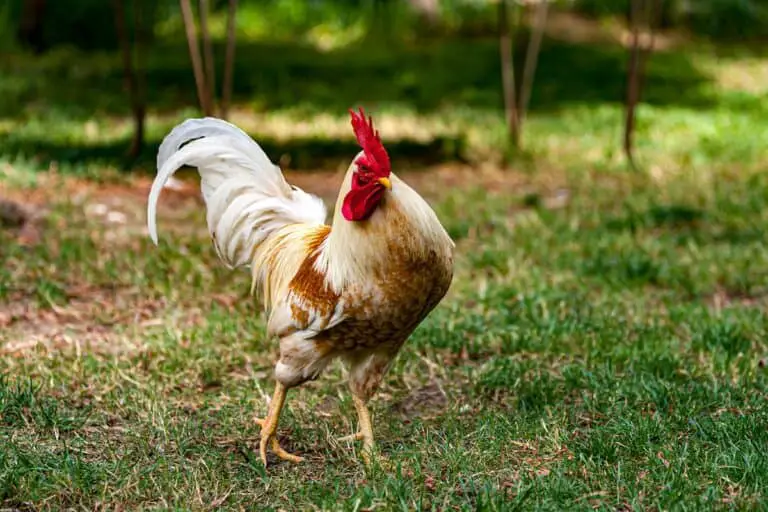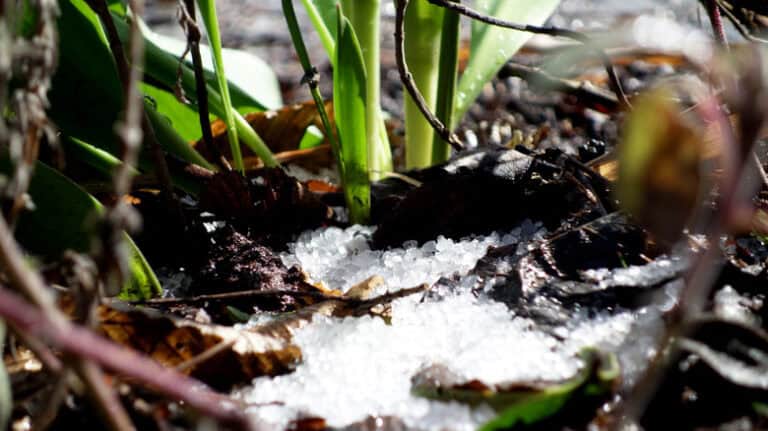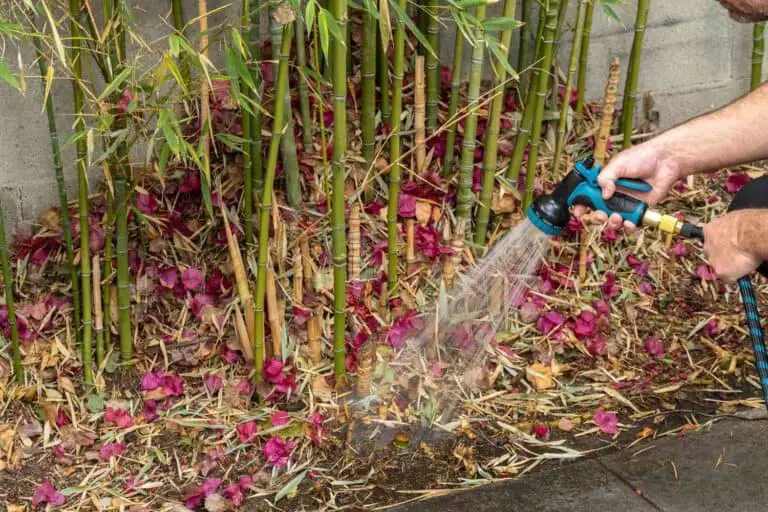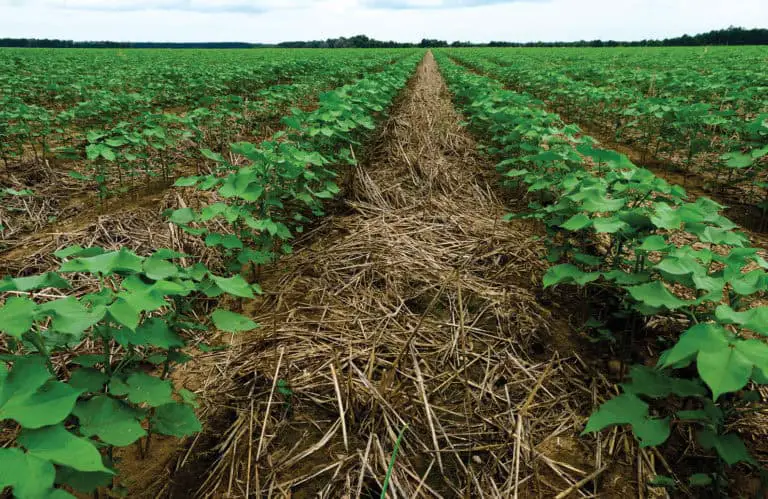How Much Compost Should You Add To Your Garden Soil: Expert Tips
Add 2-3 inches of compost to your garden soil. Mix it into the top 6-8 inches of soil.
Gardening enthusiasts know the importance of enriching soil to promote plant health. Compost provides essential nutrients and improves soil structure. Rich in organic matter, compost enhances water retention and drainage. Adding compost can boost microbial activity, leading to healthier plants.
Start by spreading a 2-3 inch layer of compost over your garden soil. Mix it thoroughly into the top 6-8 inches. This practice ensures that nutrients reach plant roots effectively. Regularly adding compost can lead to a thriving, productive garden. Whether growing vegetables, flowers, or herbs, composting is a vital step. Your garden will thank you with lush growth and bountiful yields.

Credit: joegardener.com
Benefits Of Adding Compost
Adding compost to your garden soil is beneficial. It improves the health and productivity of your plants. Let’s explore some of the key benefits of adding compost.
Improved Soil Structure
Compost helps improve the soil structure. It makes the soil crumbly and light. This allows plant roots to grow easily. Water drains well through this type of soil. Poor soil can become rich and fertile with compost. Healthy soil structure supports strong plant growth.
Enhanced Nutrient Content
Compost adds essential nutrients to the soil. These nutrients include nitrogen, phosphorus, and potassium. Plants need these nutrients to grow strong and healthy. Compost also contains trace minerals. These include zinc, copper, and iron.
Here is a simple table showing the nutrients in compost:
| Nutrient | Importance |
|---|---|
| Nitrogen | Promotes leaf growth |
| Phosphorus | Encourages root development |
| Potassium | Improves overall plant health |
Adding compost ensures your soil has all these vital nutrients. This leads to a more productive garden.
Types Of Compost
Understanding the types of compost can help you choose the best option for your garden. Different compost types offer unique benefits. This guide will help you decide what works best for your soil.
Homemade Vs. Store-bought
Homemade compost is made from kitchen scraps, yard waste, and other organic materials. It is cost-effective and allows you to recycle waste. Homemade compost is rich in nutrients and beneficial organisms.
Store-bought compost is convenient and ready to use. It is usually sterilized, reducing the risk of weeds and diseases. Store-bought compost comes in various types, including specialized mixes for different plants.
| Homemade Compost | Store-Bought Compost |
|---|---|
| Cost-effective | Ready to use |
| Recycles waste | Sterilized and clean |
| Rich in nutrients | Specialized mixes available |
Green Vs. Brown Compost
Compost materials are classified into green and brown categories. Both are essential for balanced compost.
Green compost includes items like vegetable scraps, grass clippings, and coffee grounds. These materials are rich in nitrogen. Green compost helps speed up the decomposition process.
Brown compost includes materials like dry leaves, straw, and cardboard. These are rich in carbon. Brown compost provides structure to the compost pile and helps control moisture.
- Green Compost Examples:
- Vegetable scraps
- Grass clippings
- Coffee grounds
- Brown Compost Examples:
- Dry leaves
- Straw
- Cardboard
Determining The Right Amount
Adding compost to your garden soil can enhance plant growth. But how much compost should you add? Getting the right amount is essential for healthy plants. Too little won’t help, and too much can harm the soil. Here’s how to find the perfect balance.
Soil Testing Basics
Before adding compost, start with a soil test. A soil test will tell you the nutrient levels in your soil. You can buy a soil test kit online or from a garden store. Follow the instructions to collect your soil sample.
Send your sample to a lab or use a home kit. The results will show if your soil needs more nutrients or organic matter. This information is key to determining how much compost to add.
Recommended Ratios
Once you have your soil test results, you can decide on the compost ratio. For most gardens, a ratio of 1 part compost to 3 parts soil works well.
Here’s a simple table to help you:
| Garden Size | Amount of Compost |
|---|---|
| 10 sq ft | 1-2 inches of compost |
| 50 sq ft | 2-3 inches of compost |
| 100 sq ft | 3-4 inches of compost |
Mix the compost into the top 6-8 inches of soil. This helps the compost blend well with the existing soil.
- For sandy soil, add more compost to improve structure.
- For clay soil, add compost to enhance drainage.
By following these guidelines, you can ensure your garden gets the right amount of compost. This will lead to healthier plants and a more productive garden.
Preparing Your Soil
Before adding compost, it is essential to prepare your garden soil. Proper preparation helps the compost mix well and improves soil health. Follow these steps for effective soil preparation.
Clearing Debris
Remove any dead plants, weeds, or rocks from your garden. Use a rake to gather leaves and small twigs. Clearing debris makes it easier to work the soil.
Loosening The Soil
Use a garden fork or tiller to loosen the soil. Break up large clumps of dirt to improve aeration. Loosening the soil helps compost mix better with the existing soil.
Here are the steps:
- Insert the garden fork into the soil.
- Lift and turn the soil gently.
- Break up any large clumps.
- Repeat until the soil is crumbly.
Loosened soil allows plant roots to grow easily. It also helps water and nutrients reach the roots more efficiently.
Incorporating Compost
Incorporating compost into your garden soil can boost plant health and growth. Compost adds essential nutrients, improves soil structure, and enhances moisture retention. It’s important to know how much compost to add for the best results. Here, we explore two common methods: top dressing and mixing into soil.
Top Dressing Method
Top dressing involves spreading a layer of compost on the soil surface. This method is simple and effective. Follow these steps:
- Measure your garden area to calculate the compost needed.
- Apply a 1 to 2-inch layer of compost evenly over the soil.
- Use a rake to spread the compost uniformly.
- Water the area gently to help the compost settle.
Top dressing nourishes plants from above and improves soil gradually. It’s perfect for existing gardens with established plants.
Mixing Into Soil
Mixing compost into the soil directly integrates nutrients and organic matter. This method is ideal for new garden beds and planting areas. Follow these steps:
- Measure the garden area to determine the compost quantity.
- Spread a 2 to 3-inch layer of compost over the soil.
- Use a shovel or tiller to mix the compost into the top 6 to 8 inches of soil.
- Rake the soil surface to level it out.
This method ensures even distribution of nutrients and improves soil structure. It’s great for preparing new planting sites and vegetable gardens.
Here’s a quick comparison of both methods:
| Method | Compost Depth | Best For | Ease of Application |
|---|---|---|---|
| Top Dressing | 1 to 2 inches | Established gardens | Easy |
| Mixing into Soil | 2 to 3 inches | New beds | Moderate |
Choose the method that suits your garden needs. Both methods enrich your soil and promote healthy plant growth.

Credit: www.gardenary.com
Compost Application Timing
Knowing the right time to add compost to your garden soil can boost plant health. Timing is essential to ensure nutrients are available when plants need them most. Let’s dive into some key aspects of compost application timing.
Seasonal Considerations
Spring is a great time to add compost. It prepares the soil for planting. Spread a layer of compost 2-3 inches deep. Mix it into the top 6-8 inches of soil.
In fall, apply compost to improve soil structure over winter. This helps in breaking down organic matter. Spread a 2-3 inch layer and leave it on top. The winter weather will help mix it into the soil.
Frequency Of Application
Apply compost once a year for most gardens. This keeps soil nutrient-rich. Heavy feeders like vegetables may need more frequent applications.
- Vegetable gardens: Add compost before each planting season.
- Flower beds: Add compost in early spring.
- Lawns: Top-dress with compost in fall or spring.
For best results, follow these guidelines. Your garden will thrive with the right compost application timing.
Common Mistakes To Avoid
Adding compost to your garden soil enriches it with nutrients. But, many gardeners make mistakes during the process. Let’s explore the common mistakes to avoid to ensure a healthy garden.
Over-application Issues
Using too much compost can harm your plants. Over-application leads to nutrient imbalance. This can cause excessive leaf growth and fewer fruits or flowers. It also increases salt levels in the soil. High salt levels can damage plant roots. Always use compost in moderation. A general rule is to add 1-2 inches of compost to your soil.
Here’s a table to help you gauge the right amount:
| Garden Area (sq. ft.) | Compost Depth (inches) | Amount of Compost (cubic feet) |
|---|---|---|
| 100 | 1 | 8.3 |
| 100 | 2 | 16.6 |
| 200 | 1 | 16.6 |
| 200 | 2 | 33.2 |
Using Unfinished Compost
Another mistake is using unfinished compost. Unfinished compost can harm plants. It can rob your soil of nitrogen. This happens as microorganisms continue to break down organic matter. Plants need nitrogen to grow. If the compost is not fully decomposed, your plants will suffer.
Here are signs of unfinished compost:
- Still has recognizable food scraps
- Smells bad or sour
- Feels hot to the touch
Always ensure your compost is fully decomposed before using it. Finished compost should be dark, crumbly, and smell earthy. It should not have any recognizable food scraps.
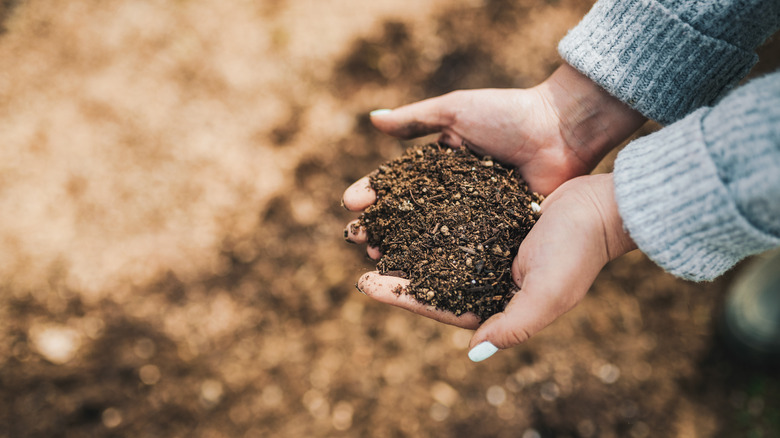
Credit: www.housedigest.com
Long-term Compost Benefits
Adding compost to your garden soil has numerous long-term benefits. It enhances soil structure, boosts plant growth, and improves water retention. Let’s explore the advantages of sustained soil health and increased plant growth.
Sustained Soil Health
Compost enriches soil with essential nutrients. It provides a slow-release supply of nitrogen, phosphorus, and potassium. These are vital for plant health. Soil organisms like worms thrive in compost-rich environments. They further improve soil structure and aeration.
Compost also helps in reducing soil erosion. It increases the soil’s water-holding capacity. This leads to less runoff and better moisture retention. Over time, your soil becomes more fertile and resilient.
Increased Plant Growth
Plants growing in compost-amended soil show significant growth improvements. They have access to better nutrients, resulting in stronger roots. This makes them more resistant to diseases and pests.
Compost also improves the soil’s texture. This allows roots to penetrate deeper and access more nutrients. Your plants will grow faster and produce higher yields.
Use the following table for an easy reference on compost benefits:
| Benefit | Impact |
|---|---|
| Sustained Soil Health | Improved nutrient supply, better soil structure, reduced erosion |
| Increased Plant Growth | Faster growth, stronger roots, higher yields |
Frequently Asked Questions
How Much Compost Do I Need Per Square Foot?
Use about 1-2 inches of compost per square foot. This amount enriches the soil without overwhelming it.
Can You Add Too Much Compost?
Yes, too much compost can harm plants. It might lead to nutrient imbalances and poor soil structure.
Is It Necessary To Mix Compost Into Soil?
Yes, mixing compost into soil helps distribute nutrients evenly. It also improves soil texture and drainage.
Conclusion
Adding the right amount of compost enriches your garden soil. Aim for a 2-4 inch layer mixed well. This boosts soil health and plant growth. Regular composting keeps your garden thriving. With these tips, your garden will flourish, providing you with vibrant and healthy plants.
Happy gardening!

